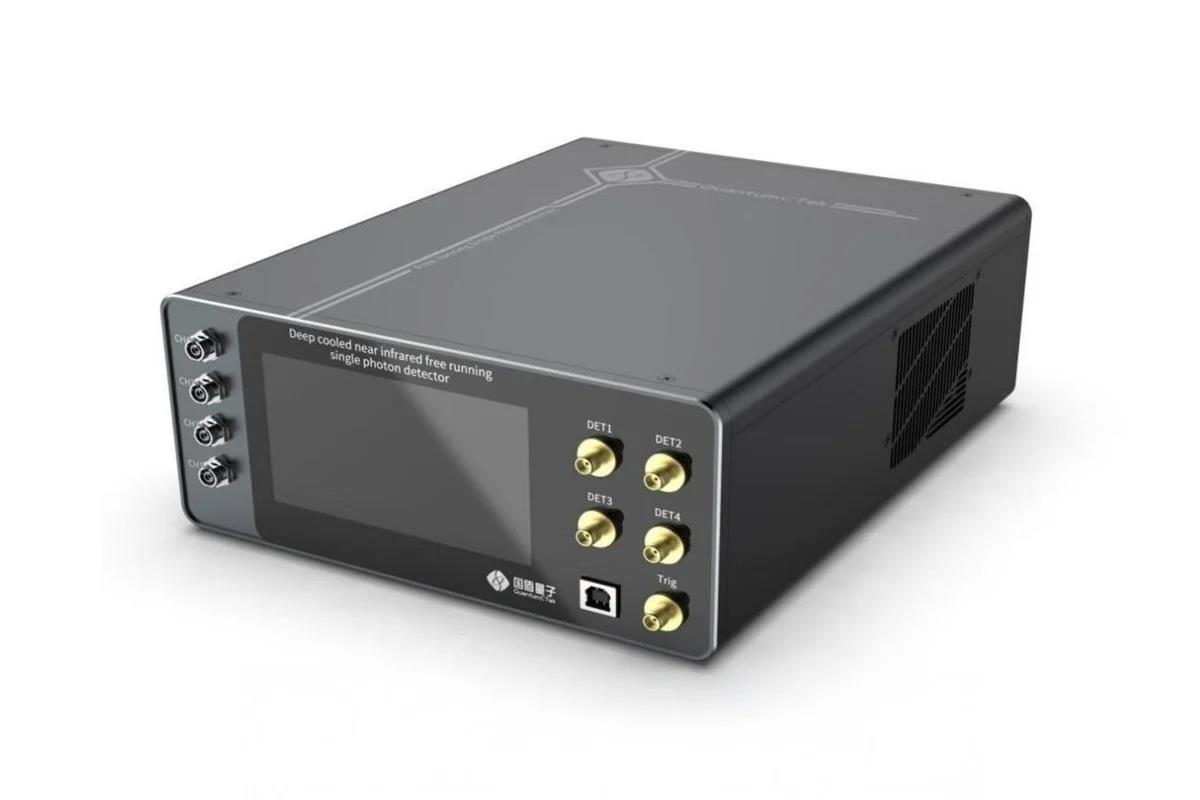
Stealth Buster? China Touts Next-Gen, Quantum Radar Tech
This month, the South China Morning Post (SCMP) reported that China has begun mass-producing the world's first four-channel, ultra-low noise single-photon detector-dubbed the photon catcher-a breakthrough that could significantly advance stealth aircraft detection and quantum communication technologies.
Developed by the Quantum Information Engineering Technology Research Centre in Anhui province, the detector can sense individual photons-the smallest unit of energy-enabling quantum radar to spot stealth jets like the US F-22 Raptor by identifying minute quantum changes that traditional radar cannot detect.
Reported by China's Science and Technology Daily, the achievement marks self-sufficiency and global leadership in quantum information components, with the device reducing noise by 90% and operating at temperatures as low as -120°C.
Researchers say the detector's four-channel design allows simultaneous multi-wavelength scanning, improving imaging rates while consuming minimal power-making the radar both harder to detect and more reliable in complex electromagnetic environments.
The technology, now in service with top Chinese institutions, is also expected to underpin next-generation quantum communication networks and applications from biomedical imaging to deep-space laser ranging.
Quantum radar uses entangled photons, sending one toward a target while keeping its twin in reserve. When the returning photon interacts with the stored one, their quantum link confirms detection.
But such futuristic claims warrant closer scrutiny. In a 2022 paper for the Canadian National Defense College, Graham Hill mentions that photon-sensing quantum radar could detect low-reflectivity and stealth targets by correlating entangled photon pairs, improving signal-to-noise ratios by up to six decibels and extending detection range by roughly 40%.
Hill adds that the technology's low probability of intercept makes it nearly immune to jamming and ideal for penetrating high-noise or cluttered environments.

Legal Disclaimer:
MENAFN provides the
information “as is” without warranty of any kind. We do not accept
any responsibility or liability for the accuracy, content, images,
videos, licenses, completeness, legality, or reliability of the information
contained in this article. If you have any complaints or copyright
issues related to this article, kindly contact the provider above.






















Comments
No comment